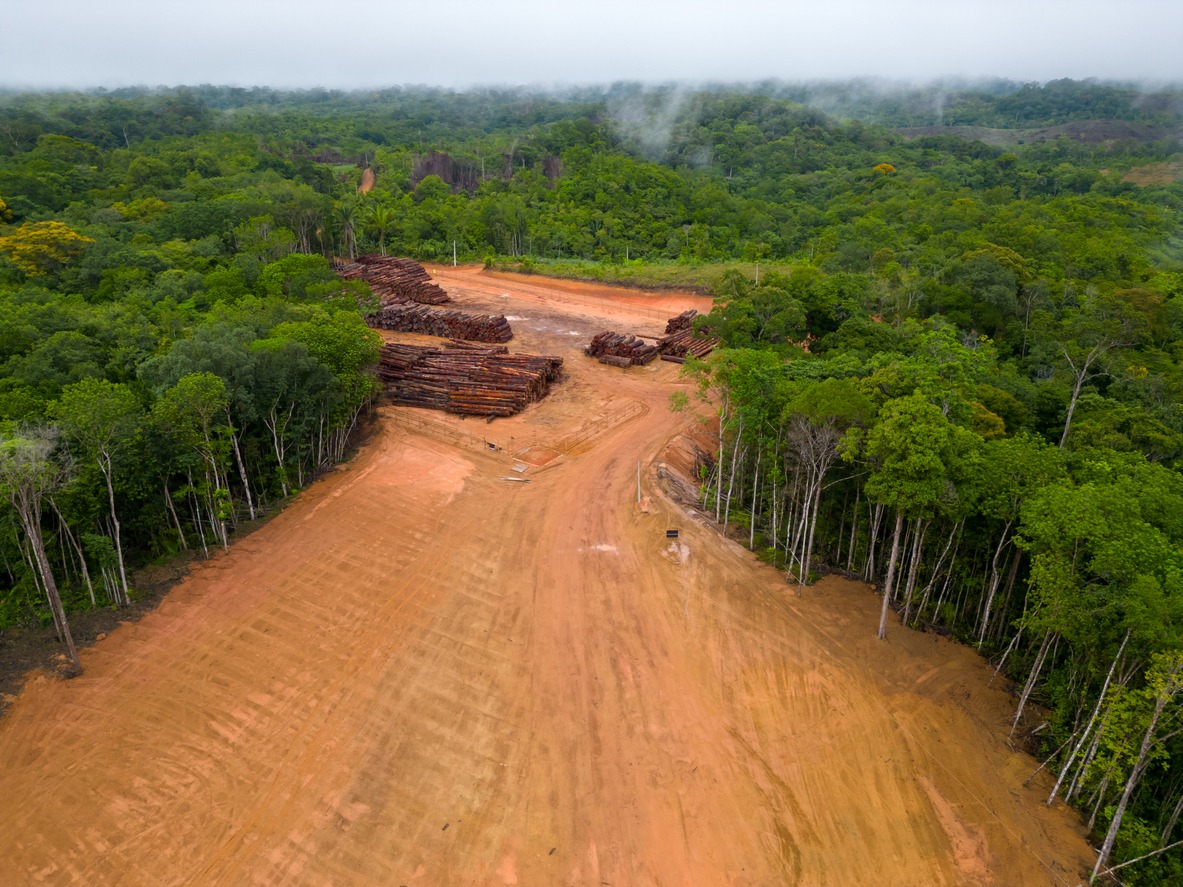The environment is resilient, though it can only take so much damage before it succumbs to human-induced climate change. As human activity has caused this phenomenon, it’s up to current and future generations to reverse it. What are the tipping points in an ecosystem and how can you mitigate the problem? Here’s a guide with causes, signs and solutions.
What Are the Tipping Points in an Ecosystem?
Each ecosystem is delicate and subject to change, due to the climate or human-caused events. While the Earth is resilient, it has tipping points that lead to irreversible damage. Once past this threshold, it’s difficult for the land to return to normal. Then, there are significant consequences for humans and wildlife in the area.
Antarctica’s melting glaciers eerily display the tipping points in an ecosystem. As these ice sheets melt, sea levels rise in the Southern Ocean and threaten coastal areas worldwide. Scientists say this environmental issue is irreversible because it compromises freshwater availability and biodiversity.
Another example of ecosystem tipping points is in South America and New Zealand. The southern ends of these countries have permafrost that has remained frozen underground. However, the rising temperatures are thawing this soil and releasing carbon dioxide (CO2) and methane. When these greenhouse gases leave the soil, ecosystem management becomes more challenging.
What Is the Cause of Tipping Points?
The primary cause of tipping points is climate change. Temperature increases worldwide have stressed warm and cold climates to their breaking point. Since 1880, global temperatures have increased by about 2 degrees Fahrenheit and dramatically changed the planet. With a transitioning climate, species have died off or changed their distribution.
What is the human cause of these tipping points? People have pushed ecosystems closer to their tipping points through damaging activities. For instance, deforestation has decreased evapotranspiration and caused drier conditions in the Amazon. Once this rainforest reaches its tipping point, it will struggle to support itself due to less moisture.
Another notable cause of tipping points is pollution. In large factories, humans release industrial discharge and other waste into the environment. Fertilizer use in agricultural settings can directly affect the surrounding ecosystems, such as water bodies. Pollution affects tipping points by fostering algae blooms and significantly altering food webs.
How Can You Improve the Health of Ecosystems?
Human-induced climate change events can be disheartening. So, what are the ways you can positively affect the tipping points in an ecosystem? Here are four solutions:
1. Better Management
First, green spaces need better management. Governments and conservation groups must work together to enforce sound environmental ideas in all settings. With adequate care, you can help ecosystems avoid crossing the tipping point. One way to improve management strategies is to understand how ecosystems are changing and how these changes contribute to tipping points.
2. Volunteering
While experts are responsible for some jobs, you can take action by volunteering in local ecosystems. By donating your time, you gain a sense of agency and can give back to the environment. Find initiatives involving planting trees, surveying wildlife or restoring habitats. These tasks seem small, but they go a long way toward helping the planet.
3. Sustainable Eating
You don’t necessarily have to leave your home to contribute to these causes — your routine grocery trip can positively impact them. Support sustainable food stores consciously using less land and resources. If your area has farmland, buy from local vendors because they typically produce less pollution for each item you purchase.
4. Gardening
Another way to foster sustainability is through gardening. This hobby promotes biodiversity by planting trees, shrubs, fruits and vegetables. Ensure sustainability in your green space by minimizing reliance on water supplies and leaving out harmful chemicals.
Ecosystems Are Reaching Their Breaking Point
Earth is reeling from climate change and its worldwide effects. Rising temperatures and sea levels have caused significant changes in oceans, deserts and mountains. What are the tipping points in an ecosystem near you? Embrace small and large-scale strategies to help the environment prevent the worst of climate change.
Source link
Beth Rush biofriendlyplanet.com


